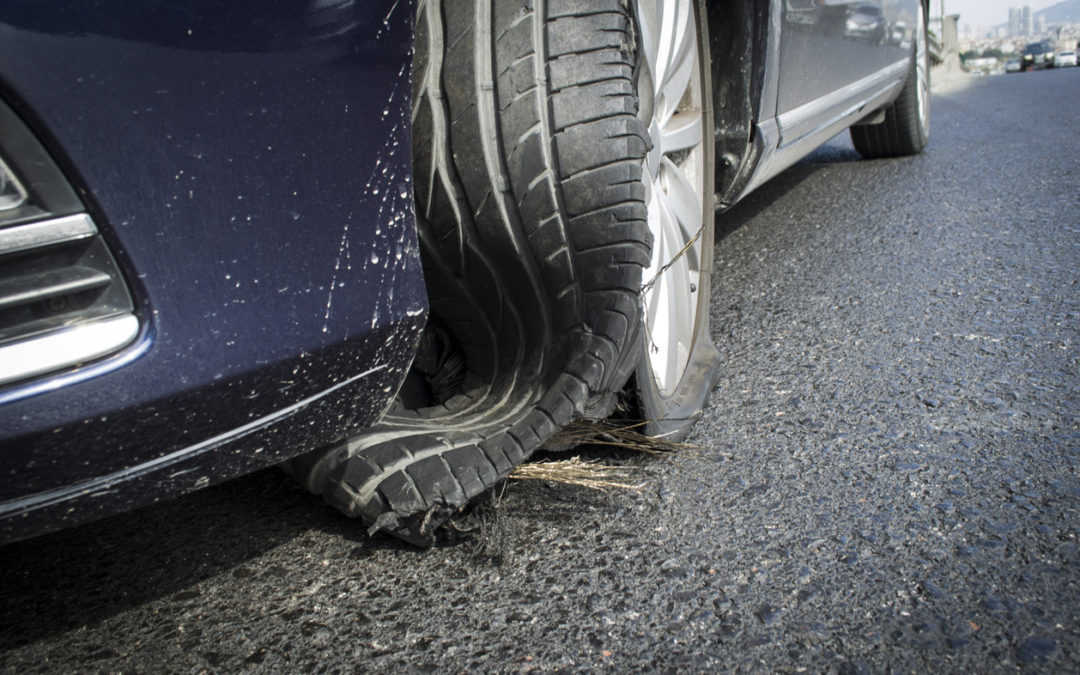Multi-million dollar jury verdicts have been awarded to people who were injured in car accidents that were caused by tire tread separations involving defective tires.
What You Can Do & How We Can Help
The Schmidt Firm, PLLC is currently accepting tire tread separation induced injury cases in all 50 states. If you or somebody you know has been injured in a car accident that was caused by a defective tire tread separation, you should contact our lawyers immediately for a free case consultation. Please use the form below to contact our Product Liability Litigation Group or call toll free 24 hours a day at (866) 920-0753.
UPDATE: $3 Million Awarded to Truck Driver in Tire Tread Lawsuit
In September 2021, a jury in Pennsylvania unanimously awarded $3 million to a truck driver who was seriously injured when his tire treads separated, causing his vehicle to roll over. The tires were Kumho Powerfleet 983 tires manufactured by Kumho Tire USA.
$12 Million Awarded to 12-Year-Old Boy In Michelin Tire Tread Separation Lawsuit
In September 2009, a Texas jury awarded $11.9 million to Jesus G., a 12-year-old boy was paralyzed in a car accident that was caused by a Michelin tire tread separation.
The crash occurred in 2006 on New Years Eve, when the tire tread separated on his family’s 2002 Ford F-250 pickup truck, causing it to swerve and hit an oncoming Chevrolet Suburban, killing all 6 passengers in the Suburban.
Cooper Tire & Rubber Co. Recalls 430,000 Tires for Tread Separation Risk
In February 2021, Cooper Tire & Rubber Company recalled 430,000 tires due to a risk of “bulges or separations in the sidewall area,” which could increase the risk of a crash.
The recall covers multiple sides of the following tires that were manufactured from February 1, 2018 through December 1, 2019:
- Discoverer
- Evolution
- Courser
- Deegan
- Adventurer
- Hercules
- Back Country
- Multi-Mile
- Wild Country
- Big O tires
Also in February 2021, Cooper Tire & Rubber recalled 11,957 of the following tires due to a risk of tread separations:
- Cooper CS5 Grand Touring 225/55R17
- Mastercraft LSR Grand Touring 225/55R17 tires
Cooper Tire warns that the recalled tires could have also been sold under different brand-names, including:
- Pep Boys
- Discount Tire
- Mickey Thompson
- Les Schwab
- Mastercraft
Continental Tires Recalls Nearly 100,000 Tires for Tread Separation Risk
In February 2021, Continental Tires recalled about 93,959 Continental, General and Barum brand tires for passenger vehicles due to a risk of tire tread separation. The recalled tires were cured too long during manufacturing, which could cause sudden air loss, belt edge separation, and a full or partial tread separation.
What is a Tire Tread Separation?
Tire tread separation is a problem with steel-belted radial tires, in which the rubber does not properly adhere to the steel. This causes the rubber tread to peel apart from the rest of the tire, usually in hot weather or at high speeds. Driver commonly lose control and crash.
What Causes Tread Separations?
Tread separation is problem with modern steel-belted radial tires. These tires are designed with a rubber tread that is attached to two steel belts that wrap around the body of the tire. Unfortunately, it can be challenging for manufacturers to get rubber and steel to stick together perfectly.
What is the Risk?
Any mistakes in the tire manufacturing process can cause weak spots, blisters, or impurities that put the tire at risk of tread separations and tire blowouts, especially in hot temperatures or high speeds.
Hot Weather Linked to Tread Separation Risk
Tread separations are most likely to occur in summertime in the U.S., when the tire rubber will literally melt. While modern tires are less likely to suffer blowouts, they are more likely to suffer tread separations. Today, most crashes that drivers think are caused by tire blowouts are actually tread separations.
What Does a Tread Separation Sound Like?
A partial tire tread separation can sound like a thumping noise, or an unusually rhythmic noise while driving. If the tread separates all at once, there will be a loud “THUMP” or a loud BANG (sound of a tire blowout) and the vehicle may suddenly swerve if the tread gets caught in the undercarriage of your vehicle. This is very dangerous at highway speeds. Many drivers panic, lose control, crash or rollover.
Goodyear Hit With Nearly 50 Tire Separation Lawsuits After 18 Deaths Reported
Goodyear was hit with 47 lawsuits involving people who were injured or died as a result of tire tread separations. These lawsuits claimed that Goodyear Long Range “E” tires made from 1991-2000 were prone to tread separation, in which the rubber peeled off of the steel belts, resulting in severe crashes. There were at least 15,000 incidents involving tire separation with Goodyear Long Range “E” tires, including 87 crashes, 158 injuries and 18 deaths, according to ABC News.
Can You Sue a Tire Company?
Yes, lawsuits can be filed for car accidents that were caused by a negligent tire company, tire shop, or tire manufacturer. Negligence is when a company fails to take reasonable steps to avoid harm.
For example, negligence on the part of a tire shop might be improperly installing the tire on your car. Another example would be a tire company that manufacturers defective tires that are prone to tread separations, blowouts, or sidewall cracks that result in tire failure.
Do I have a Tire Tread Separation Lawsuit?
The Schmidt Firm, PLLC is currently accepting tire tread separation induced injury cases in all 50 states. If you or somebody you know has been injured in a car accident that was caused by a defective tire tread separation, you should contact our lawyers immediately for a free case consultation. Please use the form below to contact our Product Liability Litigation Group or call toll free 24 hours a day at (866) 920-0753.
Attention Lawyers: We consider a referral from another law firm to be one of the greatest compliments. If your firm is interested in referring us a case or for us to send you a list of previous award judgments and/or average referral fees, please visit the Lawyer Referral section of our website.


 The Schmidt Firm, PLLC has been recognized as one of the nation’s leading plaintiffs' law firms and handles cases in all 50 states. We are very proud of our legal achievements, but equally self-respecting of our firm's reputation for providing personal attention to each and every client we represent.
The Schmidt Firm, PLLC has been recognized as one of the nation’s leading plaintiffs' law firms and handles cases in all 50 states. We are very proud of our legal achievements, but equally self-respecting of our firm's reputation for providing personal attention to each and every client we represent.

